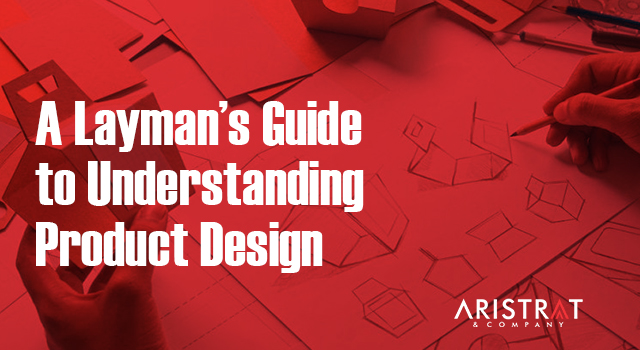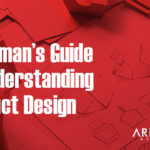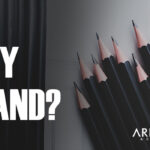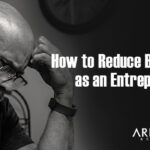A Layman’s Guide to Understanding Product Design

You come up with an idea, a supposed solution to a particular type of problem people face, and the next step is to bring your idea to life. Who do you need on your team to do this work for you? The person who does this job for you is not the marketer, that just involves pushing your product into the marketplace. The right person for the job is a Product Designer. Product design is an integral part of product development, with the design being a really key step to birthing a product. But sometimes, it feels like people know little about how it works, little about how key it is, and very little about how versatile this field is.
So, let’s break this down into bits and bring you to the world of product design.
Product design is simply the process of creating products that meet the needs of users and that aligns with a brand’s goal. It’s that simple.
Sometimes, the burden is on the product designer to come up with the idea for a viable product and then go on to bring it to life. In doing this, they carry out market research, check out trends in the market, understand the different pros and cons of bringing an idea to life at a point in time. This is because an idea might seem good, just as an idea, but it’s in creating it we find out that it’s not as effective as we thought.
That’s why the research stage might not be enough for the product designer.
Now, in the design stage, it’s not just enough to get to work in creating the idea, you actually have to test it out to see how it works. This is why the terms “prototype” and “sample” was coined. You may have seen certain companies coming up with a product, having it in the market, and suddenly discontinuing the production, certain factors may have triggered the discontinuation but one of such factors may be reduced effectiveness.
Hence, having a solid product designer can be very cost-effective for your business in the long run.
Moving on, product design as a broad field is not limited to just products, that is tangible packages and designs, it can also come as a service we patronize. In fact, that is becoming more and more of the task product designers are faced with; building services that meet the needs of customers. So, because people need to stay in touch with each other, a phone was built to ease communication. But it doesn’t just stop here. Since a large part of growth involves constant tweaking, companies thought of ways to make this communication need as accessible as possible and this is how social media platforms were born.
In other words, service-based companies employ product designers to create services as products that they sell to the market as solutions.
The thing about building services through product design is the detailed approach to it, the integration of different aspects of consumer needs, and the seamless design. So, you can be sure that skills like consumer research, UI/UX design, and all sorts will be required. That’s the beauty of product design and that brings me to the final point.
Remember when I mentioned the versatility of the product design field, well this is as true as ever in today’s world. Product design has moved from just idea formation and product design to involving a whole lot of consumer psychology. More so, with the level of technology on the ground, it’s definitely going to greater heights.
Recently, a documentary was made by Netflix on social media and its impact on human beings. Notice how the documentary highlighted the high level of consumer psychology at play, how each feature is geared towards increased attention on a platform, and how this is in turn affects our relationship with others. This just goes to show how the best products (including services) are the ones that solve our problems while touching at a primary emotion in us. These are human-friendly products and that’s one thing about the design field, the way it’s interconnected with different aspects in ways that we don’t even notice but enjoy.
So, when next you come across the word product design, understand that:
- It starts from the research process; this is to create the perfect solution in form of products for the users
- Product design is not limited to tangible products only i.e. things we can feel and touch. It can come in the form of services that we enjoy.
- It is a flexible field that utilizes different skills in a bid to meet the users at the exact point of their needs.
Do share your thoughts and questions about product design in the comment section.
Written by Blessing Onyegbula



